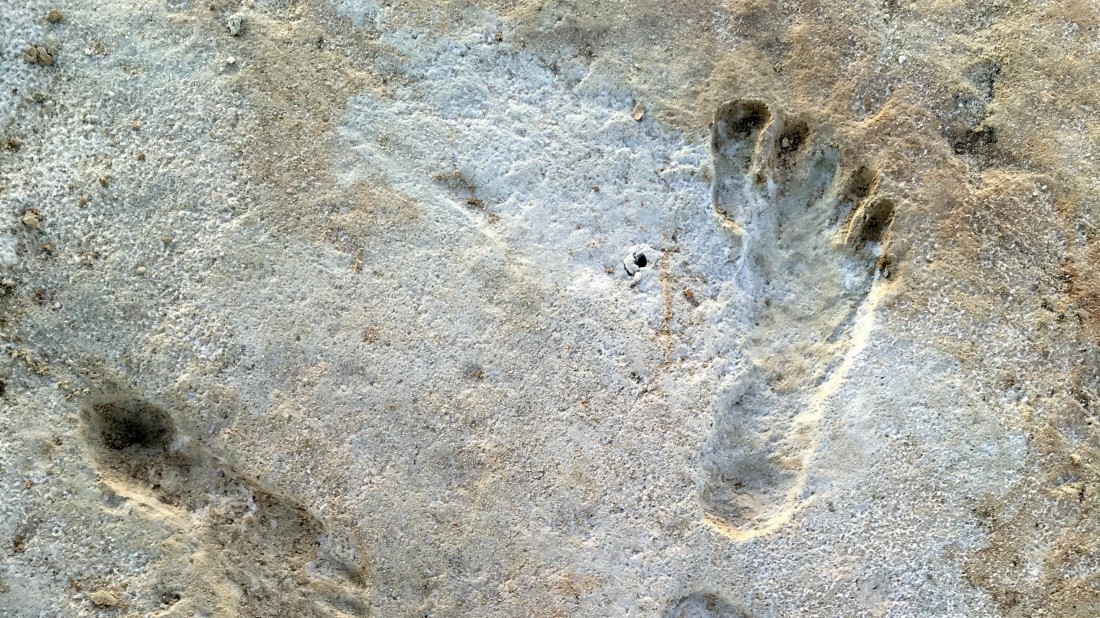People may have settled in America more than previously thought. This is confirmed by new analyzes of findings in the US state of New Mexico. In 2021, a research team there found human footprints more than 20,000 years old. According to this, when the glaciers retreated after the peak of the last ice age, the first humans would not have set foot on the continent around 16,000 years ago, but thousands of years earlier, the team wrote in the journal Science at the time. Science.
While independent experts attested to the team’s careful work, given the surprising results, they called for age confirmation using other dating methods. This is now being proposed by a team led by Jeffrey Picati from the US Geological Survey, who was involved in the study at the time. And inside Science.
It is considered certain that man reached the Americas from Siberia. But the question of when is controversial. About 20,000 years ago, during the last ice age, when the glaciers were at their largest, an ice sheet blocked the way to North America. That is why experts now consider the continent to be populated much later. But according to the footprints, people must have been in the Americas at the height of the cold period.
In White Sands National Park in southern New Mexico, the researchers found eight groups with a total of 60 footprints. The Tularosa Basin there, a gypsum field now covered by dunes, was then covered by lakes whose sediments preserve the footprints.
So it is unclear when people first set foot on the American continent
The prints are clearly from modern humans, most of them young men and children. The layers are radiocarbon dated and contain abundant aquatic plant seeds. Ruppia cirrhosa.
With the new study, the team responds to criticism that the seeds may have originally come from older soil layers. The team, which now includes lead author Matthew Bennett of Bournemouth University in southern England, used the radiocarbon method to date the prints using conifer pollen from the same layer. The team determined the age using so-called optically induced fluorescence dating of the quartz grains. This method measures when a layer of Earth was last exposed to sunlight.
Radiocarbon dating of three different pollen samples revealed an age of about 23,000 years, and according to luminescence, the prints were at least 21,500 years old. This means that three different methods have now independently produced the same time frame, the team asserts. This supports the conclusion that people already lived in the Americas at the height of the last ice age.
In one Science-Bente Philipsen writes a comment From the National Laboratory for Age Determination at the Norwegian University of Science and Technology in Trondheim, radiocarbon dating is general, but there are various possible errors. Old carbon is absorbed by groundwater. Luminescence dating may be subject to errors. However, he writes, “it is highly unlikely that different methods with different materials will always lead to systematic errors in the same direction and of the same magnitudes.” Thus, the overall data strongly suggested that people were indeed already living in the Americas at the height of the last Ice Age. It is not clear when humans first set foot on this continent.

“Amateur coffee fan. Travel guru. Subtly charming zombie maven. Incurable reader. Web fanatic.”







More Stories
US Presidential Elections: Door-to-door campaigning is not debate
Bird flu continues to spread to dairy cows in the United States
Are the US polls right this time? – DW – October 25, 2024